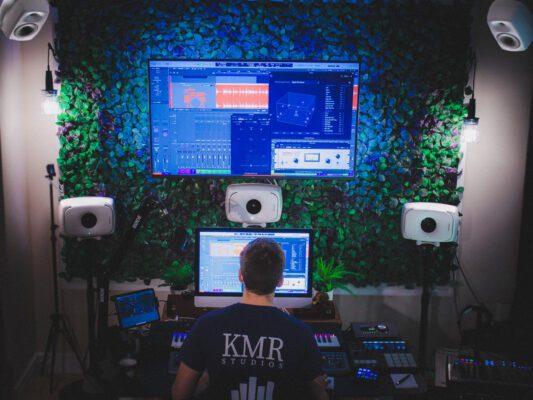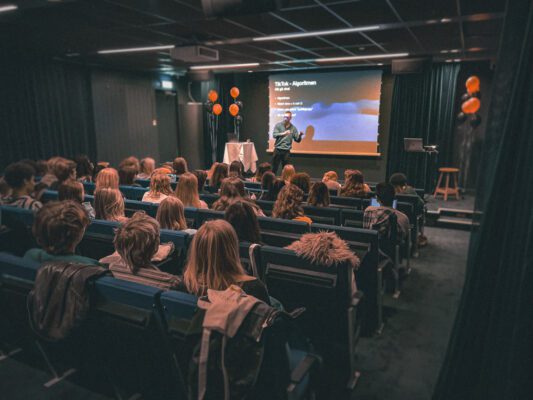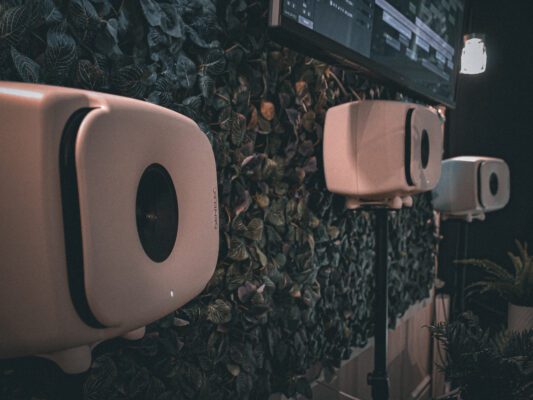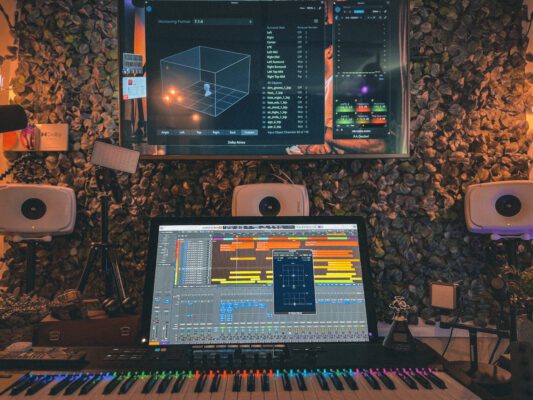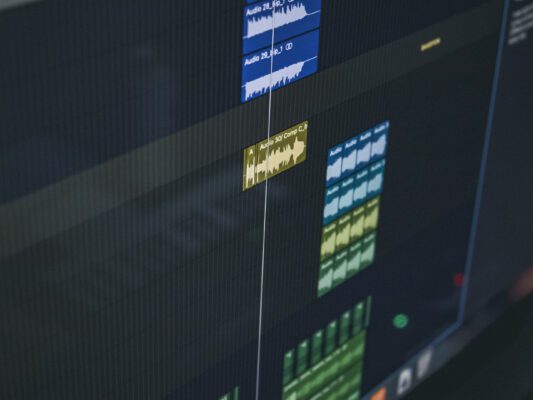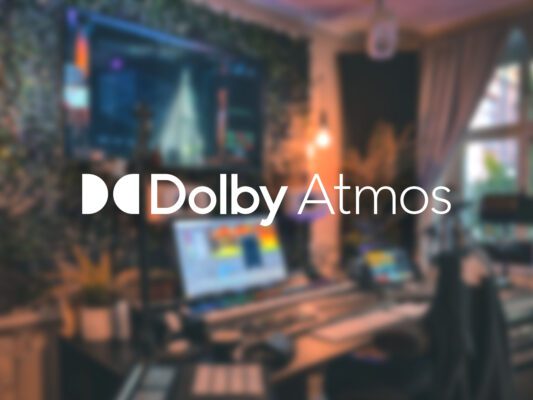There are many unanswered questions about the (relatively) new format of Dolby Atmos. One question that is often asked is whether a mix in Dolby Atmos requires mastering. The short answer is: yes. But for those seeking a more detailed answer, in this article, we will explore what Dolby Atmos mastering entails and why it is relevant for those looking for the best possible results.
Why is mastering necessary?
In a “stereo project,” all tracks are eventually routed to the so-called master bus. The master bus consists of two channels (right and left). When the mix engineer’s job is done, they export all the audio through the master bus, creating a stereo audio file. It is this audio file that the mastering engineer then works with.
Book masteringRegardless of stereo or Atmos, mastering primarily offers three things:
- Perspective: A fresh and objective perspective on the song. The technician has the advantage of not having listened to the song before and can discover things that other project participants may have become accustomed to. This, combined with experience and well-calibrated equipment, increases the potential to further enhance the quality of the song.
- Quality: A final quality check of the song. The technician ensures that the audio file is free from defects such as clipping, phase issues, or digital distortion. They also explore the possibilities of subtly adding something to the music to further enhance the creative vision.
- Service: Exporting and formatting. The technician is familiar with format standards and can ensure that the songs meet the requirements of each platform. Having a third party to ensure that the correct files have the right format can save a release from unnecessary mistakes and issues.
Because of these important functions, mastering has been an integral part of music production for over 50 years.
Why is mastering necessary in Dolby Atmos?
For the same reason we master music in stereo, mastering in Dolby Atmos is a natural part of the workflow for those aiming for the best possible results. However, the workflow itself differs compared to traditional mastering, as Atmos offers far more possibilities than stereo.
How does it differ from stereo?
A Dolby Atmos project can consist of up to 128 separate channels called objects. These channels are individual “master buses” that are managed through a “Dolby Atmos Renderer.” This renderer is equivalent to the master bus in a stereo mix but does not allow for audio processing in the same way as a stereo master bus. When the mix engineer finishes their Atmos mix, they export it through the renderer, resulting in an ADM (Audio Definition Model) file. This file looks like a regular WAV file but contains all the information about the objects: their position and any automation of panning. So when the mastering engineer receives this file, they have the ability to manipulate up to 128 channels instead of just 2 as in stereo. In addition to the channels, the engineer can also manipulate the position of all channels (objects) easily. This includes parameters such as front, back, right, left, height, size, spread, and metadata for headphone translation.
In simple terms: many possibilities. Which brings us to the main question in this article: Why is mastering necessary in Dolby Atmos? The answer is: Perspective, Quality, and Service, just like in stereo. However, each point is more advanced and involves many more decisions than the mastering process in stereo.
What does Dolby Atmos mastering entail?
Mastering a Dolby Atmos file functions as a final refinement of the mix. In a Dolby Atmos mastering session at KMR Studios, the following is always included/performed:
- An objective perspective on the mix from an experienced mastering engineer
- Quality assurance of the mix in a Dolby Atmos-certified studio
- Ensuring optimal loudness levels in accordance with streaming platform standards
- Checking that instruments do not overlap or clash with each other
- Evaluating and adjusting movements and positioning of 3D objects to create a convincing sound space around the listener (depending on the artist’s vision)
- Ensuring optimal translation to headphones (stereo, binaural, and spatial audio)
- From the finished ADM file, a stereo mix is created, which is then mastered in traditional stereo but with the advantages provided by the Atmos format (greater width, height, and depth compared to a regular stereo file)
Delivery always includes:
- ADM Master (Dolby Atmos version)
- Stereo Master (including Apple Digital Master)
- Binaural version (for quality control)
- Spatial Audio version (for quality control)
In addition to all of this, free feedback from the mastering engineer to the client is included before, during, and after the work. Video meetings or in-person sessions at the studio are available.
Who is Dolby
Atmos Mastering for?
Our service is primarily intended for two categories of audio technicians:
- 1) A Dolby Atmos-certified studio that wants an objective ear to quality-check the mix before it is released
- 2) A mix engineer without access to a certified system. This could be someone working in Dolby Atmos entirely in headphones who wants to ensure that their mixes reach a professional level even outside of headphones
KMR Studios – A certified Dolby Atmos studio
KMR Studios is a certified Dolby Atmos studio. Our experienced and competent staff are well acquainted with the challenges and opportunities that Dolby Atmos offers. If you are interested in having your song mixed and/or mastered in Dolby Atmos, do not hesitate to contact us!
Dolby Atmos Services Book mastering
Read more articles about Dolby Atmos
Export master files from Atmos projects in Logic Pro
This article gives you detailed information on how to export master files from Logic Pro [...]
Mixing in Dolby Atmos: Workflow from start to finish
Do you want to work with Atmos in Logic? Curious about how to efficiently work [...]
Music Streaming Services With Dolby Atmos Support
Want to take you music streaming experience to the next level? This article gives you [...]

CONTACT US
OUR PORTFOLIO
Over the past few years, KMR Studios has released hundreds of songs by a wide range of artists. To make it easier for you to find what you’re looking for, we’ve organized the music into various playlists. Click the link below to explore our music by format (stereo or Dolby Atmos) or genre.
Portfolio
 Svenska
Svenska
